Lamb Rack is one of those highly satisfying barbecue dishes, but only when prepared properly. This fine cut is known for its amazing tenderness and flavour, it could be said; an equivalent to prime rib in a beef world. The key is not to overcook it, where it would become chewy and hard.
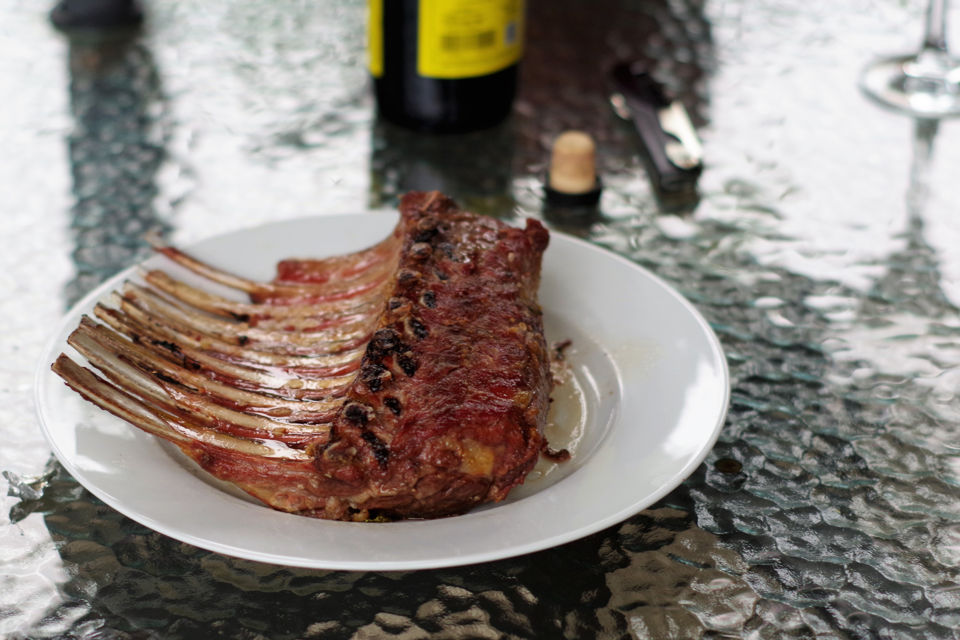
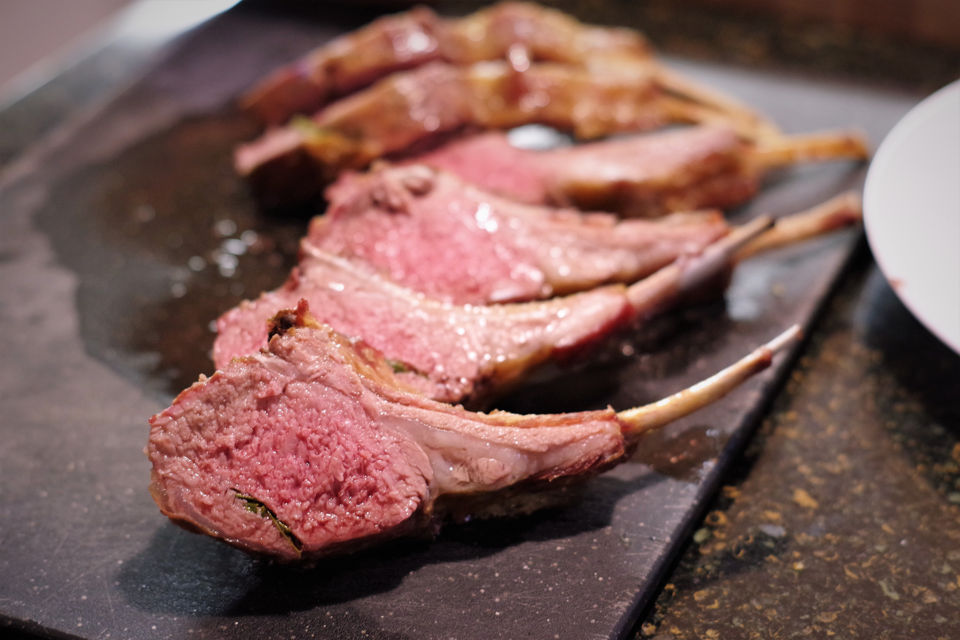
The roasted lamb is one of the most prized dishes in many parts of my beloved Balkans. The quality and taste of meat depends largely on natural environment where the animal is raised. Consequently it varies dramatically from region to region and few of them are well known for their best lamb quality. The whole lamb is typically roasted on a spit and that as a rule is considered a special event. Over the course of several hours of slow roasting, over the open wood fire, usually handmade wooden spit with wooden dowels as handles on one end, is turned slowly by hand and people gladly take turns in this ecstatic traditional routine. As a kid I used to do it too. Perhaps that is where the roots of my love for smoke and taste of roasted meat come from. The part I liked the most was dipping home baked rustic bread into drippings that were collected into trays placed under the spit, right beside the fire. That was an amazing flavour combining the smokiness and saltiness of drippings with texture of aromatic fresh bake.
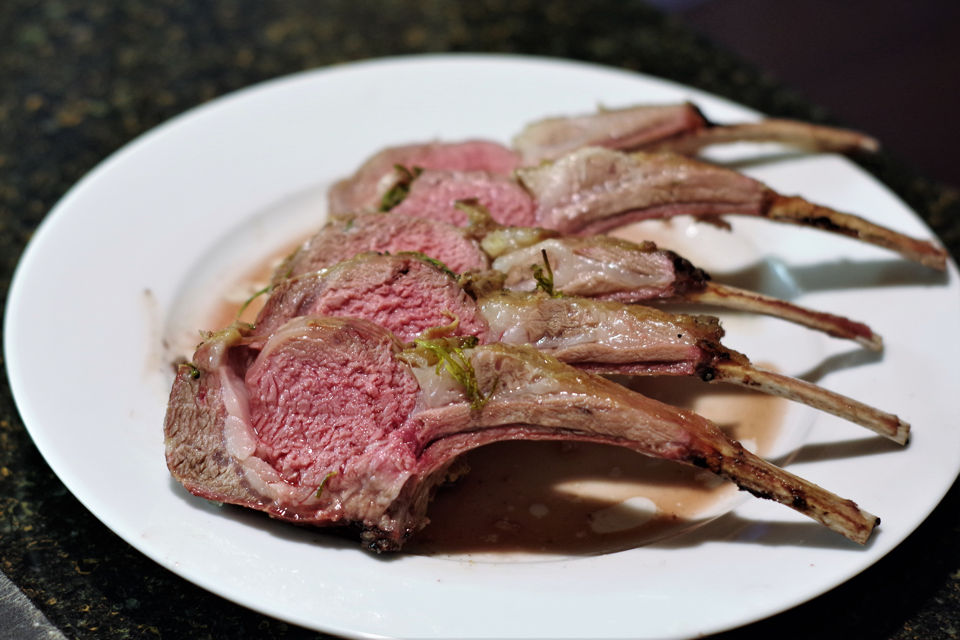
This is very easy recipe to make and if you pay attention to few simple details, you will be rewarded with a heavenly delicacy.
There are no secret dry rubs, no marinades, just a simple old fashioned salt and rosemary studded lamb rack.
Make sure you have an instant read thermometer at hand, to make the whole process fool proof, that is a must. Once the temperature hits the sweet spot of 55º C (131º F) pull the rack off the barbecue and let it rest, uncovered, for 5-10 minutes. The rest of it is self explanatory; serve with Greek salad, a glass of a good red wine and enjoy!
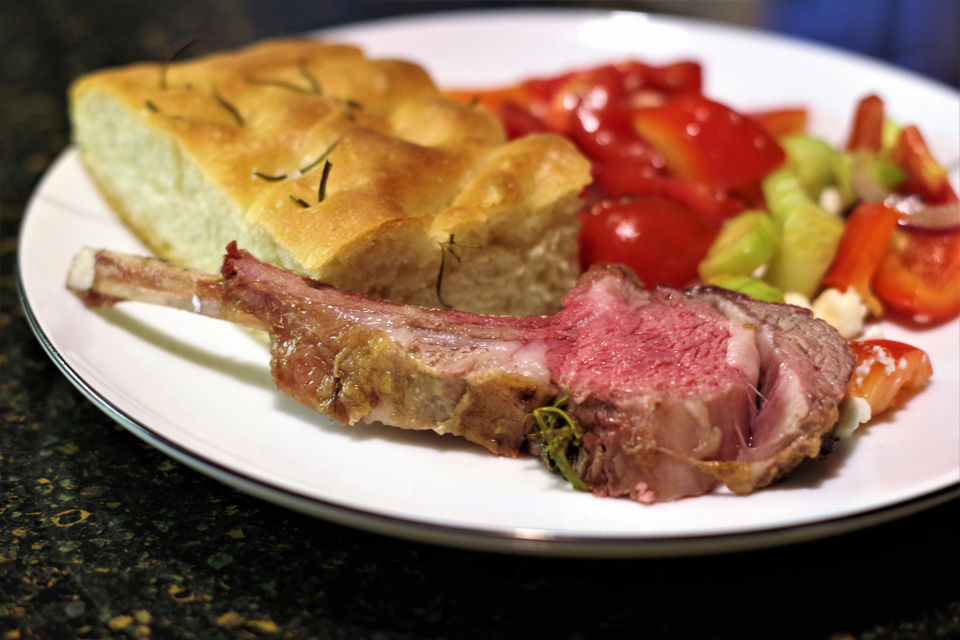
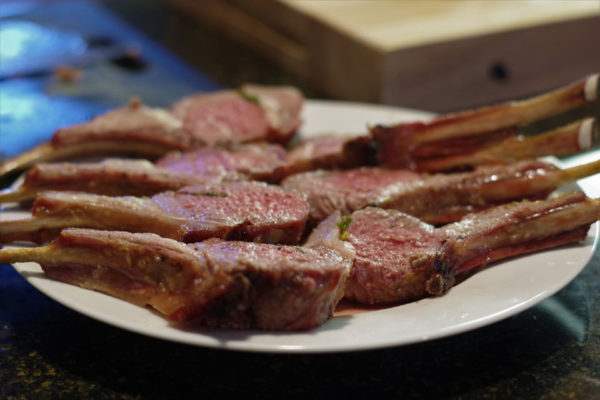
| Prep Time | 5 min |
| Cook Time | 20 min |
| Passive Time | 10 min |
| Servings |
people
|
- 1 lamb rack normally 8 ribs
- 2-3 fresh rosemary springs
- coarse sea salt
Ingredients
|

|
- Generously load up and light up a charcoal barbecue. The barbecue has to be hot, there are no flames, medium hot coals with light layer of grey ash.
- Take the rack out of refrigerator, using a paper towel pat and dry the rack thoroughly, leave at room temperature for 30-40 minutes.
- Salt the rack liberally with coarse salt.
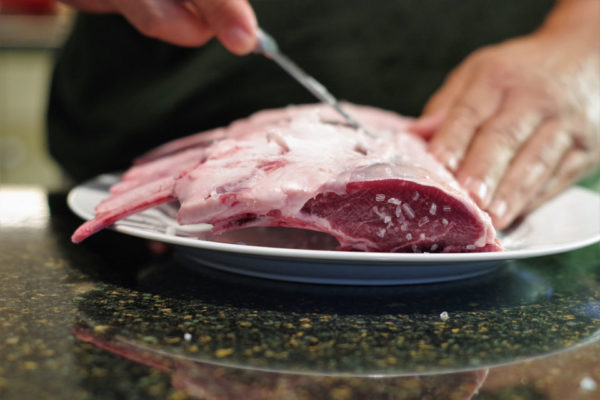
- With a sharp knife make 6-9 incisions on a rack's fat side. Stagger the incisions into three rows, fill each incision with part of a rosemary spring.
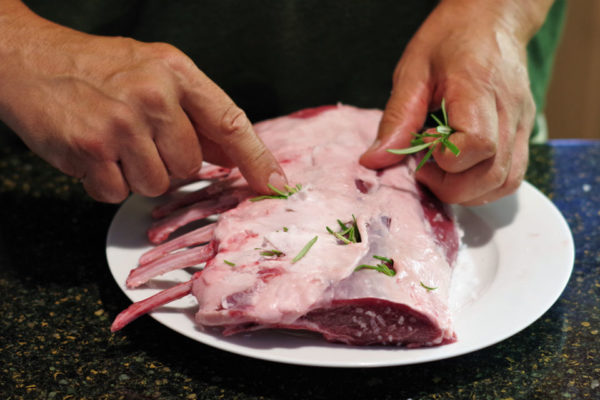
- To avoid burning and crumbling of the rack bones, wrap each bone end with aluminum foil.
- Push the hot coals on one half of the barbecue. Put the barbecue grate on, cover and let it heat up for 5 minutes.
- Clean the grate with steel brush. Put the rack on the grate, fat side down, close to the coals but not above them, bones away from the coals. You want to roast rack on a passive heat side of the grate. Cook for 4 minutes.
- Turn the rack for 180º, still fat side down, but bones towards the coal, cook for another 4 minutes.
- Turn the rack to the bone side down, cook for 4 minutes.
- Rotate the rack for 180º and cook another 4 minutes.
- Insert instant thermometer into middle of the meat and check the temperature. Continue cooking and turning until internal temperature of 55ºC (131ºF) is reached, about 25-30 minutes.
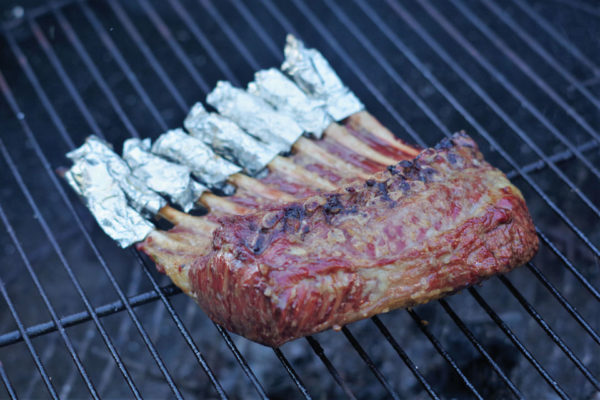
- Transfer rack to the plate and let rest for 10 minutes.
- Slice rack into 8 sections, sprinkle with freshly cut parsley and serve.
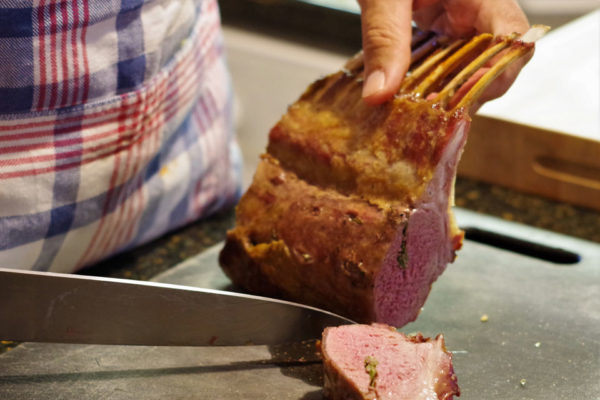

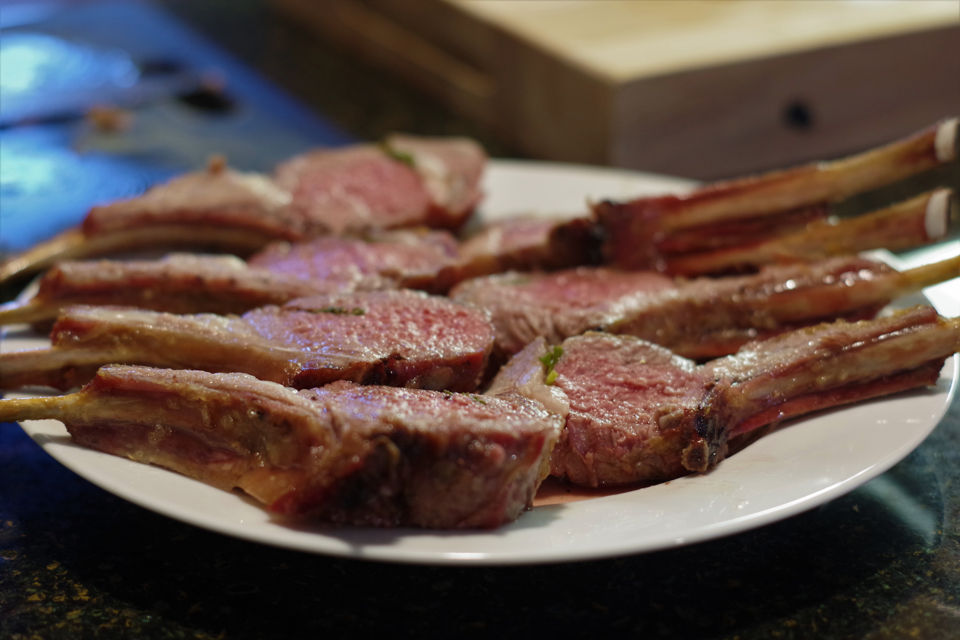
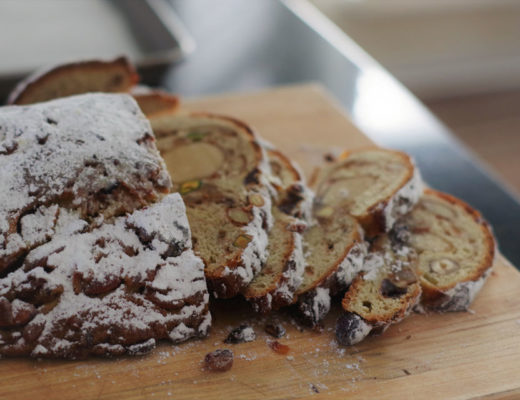
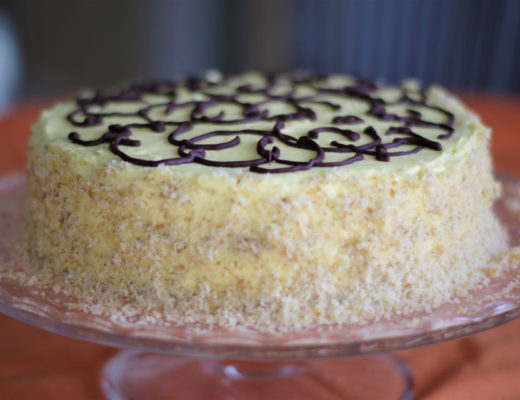
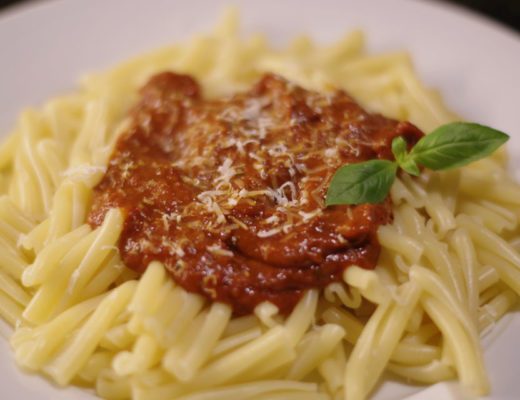
No Comments